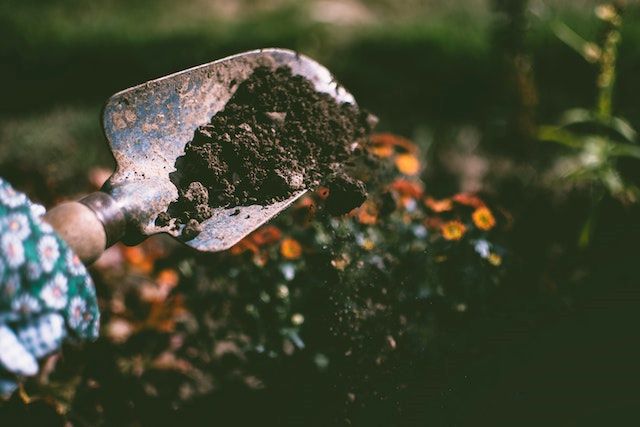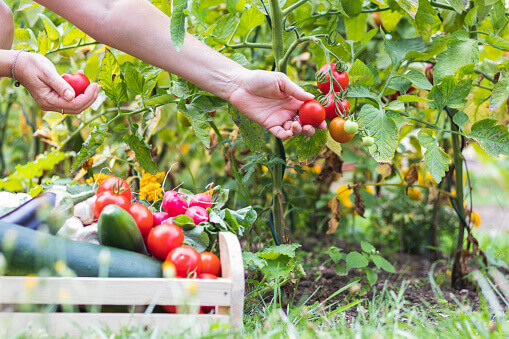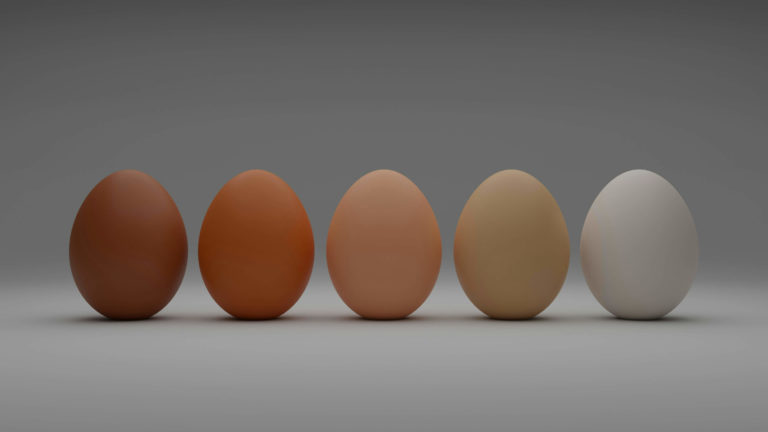Winter Soil Preparation Made Easy on a Budget
Boost Your Garden’s Fertility Easily:
Winter Soil Preparation on a Budget
Winter may seem like a dormant period for gardening, but it’s actually the perfect time to give your soil some much-needed TLC. By focusing on soil preparation during winter, you can lay the groundwork for a thriving garden come spring.
And the best part?
You don’t need to break the bank! In this guide, we’ll explore simple and cost-effective ways to improve your soil’s quality using organic materials and a no-till approach. This is your easy-to-follow guide on winter soil preparation on a budget.
Let’s get started!
Understanding the Basics of Soil Preparation
Good soil is the foundation of a healthy garden. It needs to be fluffy, full of nutrients, and able to hold water. One of the easiest ways to achieve this is by adding organic matter. It’s like giving your soil a nourishing meal!
Composting: Creating Nutrient-Rich Soil Amendments
Composting is like recycling for your garden. Collect kitchen scraps like fruit and vegetable peels, coffee grounds, and even eggshells. Toss them in a compost bin or pile and let nature work its magic. For an extra boost, you can try vermicomposting with special worms that break down organic matter and produce fantastic liquid fertilizer called vermitea.
Utilizing Organic Materials for Soil Enrichment
Believe it or not, everyday items can be great for your soil. Crushed eggshells provide calcium and other important nutrients. Seaweed, if you’re lucky enough to live near the beach, is packed with trace minerals that your plants will love. And don’t forget those banana peels! They offer potassium and help improve soil structure. Oh, and those leftover coffee grounds? They make excellent organic matter and add a nice kick of nitrogen to your soil.
Techniques for Adding Organic Matter to Soil
Now, let’s talk about how to incorporate all these goodies into your soil. One cool method is called sheet mulching, or lasagna gardening. Picture layering different organic materials like leaves, grass clippings, and kitchen scraps right on top of your soil. It’s like making a delicious garden lasagna for your plants!
Remember, we want to go easy on the tilling. Instead, try a no-till approach. Tilling can disrupt the soil’s natural structure and harm beneficial organisms. By avoiding tilling, you’re keeping your soil happy and healthy.
Natural Fertilizers for Soil Enhancement
Nature has its own fertilizer aisle, and it doesn’t have to cost a fortune. Look for natural fertilizers like bone meal (great for phosphorus), fish emulsion (a smelly but fantastic source of nutrients), and compost tea (brewed from your own worm compost). These options will feed your plants the nutrients they need without the hefty price tag.
Winter Maintenance Tips for Soil Health
During winter, it’s important to protect your soil. Add a cozy layer of mulch on top to keep it insulated and prevent erosion. You can use straw, leaves, or even shredded newspaper. And don’t forget to check on the moisture levels. Too wet or too dry can both cause problems, so find that sweet spot for your plants.
Conclusion
Congratulations, budding gardener! You now have the secret recipe for enhancing your soil’s fertility without emptying your wallet. By embracing organic materials, a no-till approach, and a little bit of patience, you’re well on your way to growing a beautiful and bountiful garden. So, roll up your sleeves, gather your kitchen scraps, and let’s give your soil some winter lovin’!
Remember, gardening is all about learning and experimenting. This is a few ways that you can easily get started with winter soil preparation on a budget. Don’t be afraid to get your hands dirty and have fun along the way. Happy gardening!






